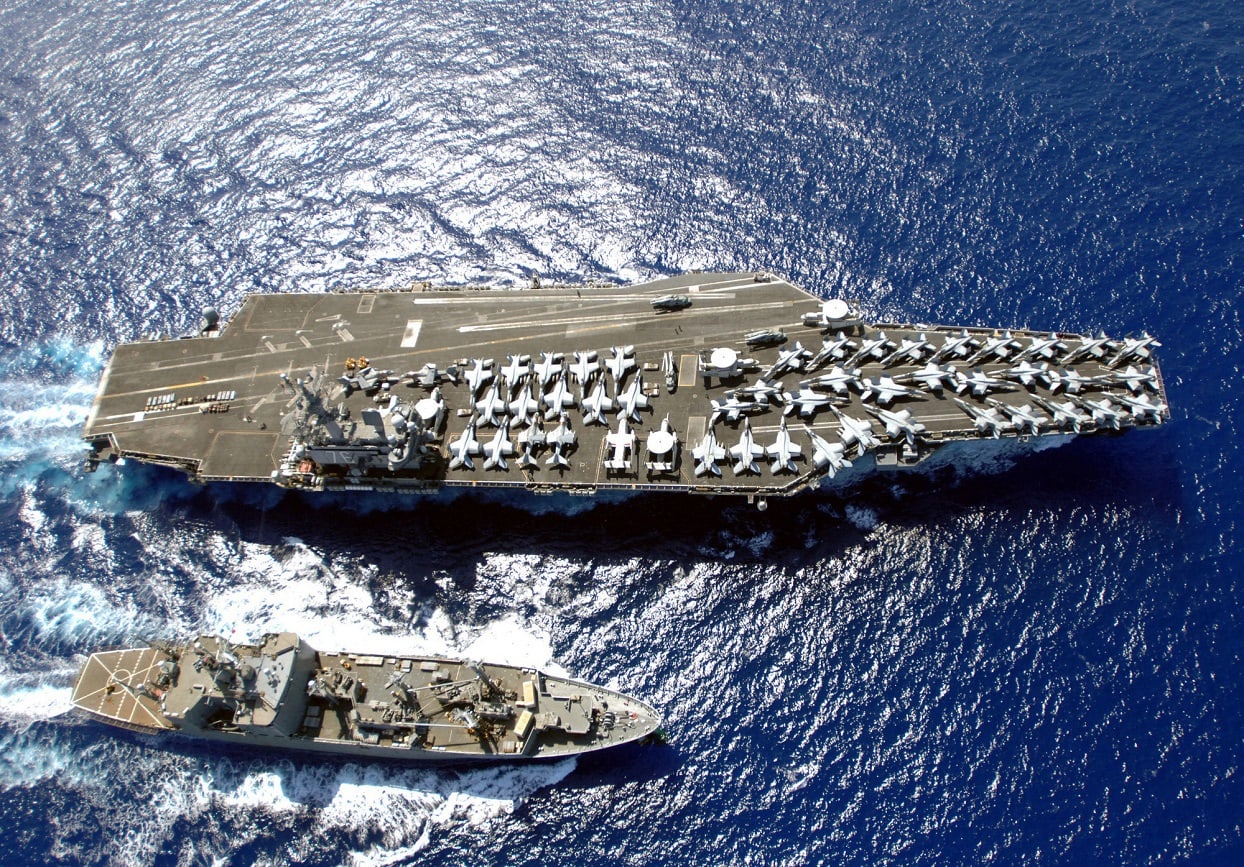The Speaker’s Asian trip, with its potential Taiwan visit, sends observers and commentators on a trip through policies over four decades old. The context of the day when the earliest documents were drafted was a China with little ability to project power beyond its shores, facing a Taiwan under martial law and a military dictatorship. Chiang Kai-shek, Taiwan’s long-tenured leader until his death in 1975, still claimed leadership over “mainland” China. He made plans to invade the mainland.
Chiang was an ally from WWII, and a factor in U.S. politics. He was much more appealing than the “Great Leap Forward” and the “Cultural Revolution” that racked China. The Cold War was on in earnest, as was the war in Vietnam. Fears of Communism’s expanding reach made Taiwan, or the Republic of China, a natural asset in that fight, despite their autocratic leadership and potential to provoke conflict. Taiwan’s geography was critical. It was, and is, the center of the First Island Chain where our allies reside. It was a preferred “R&R” destination for members of the US Armed Forces engaged in the Vietnam War, generating more appreciation for Taiwan among those who visited then. In today’s lexicon, Taiwan won that day’s information war.
Today’s context is very different, yet we still examine the old scrolls for guidance.
China now has immense power projection capability, civil and military. And they use it.
The civil power projection capability was amply demonstrated with their massive dredging operation in the South China Sea from December 2013 to October 2015. It created nearly 3,000 acres on top of coral reefs despite the likelihood of great environmental damage. These manufactured features are now thoroughly militarized despite promises to the contrary. One is bigger than Pearl Harbor, another larger than the area inside the DC Beltway. U.S. and global reactions were muted, at best. The Philippines was a lone exception.
China’s military capability, and its vast and continuing modernization and expansion, are well known.
Chinese military and naval intrusions and provocations in and around Taiwan are near-daily fare. Beyond Taiwan, China attempts to make good its claim of “undisputed historical sovereignty” over the entire South China Sea through harassment and dangerous activities close aboard U.S. and allied surveillance assets operating in recognized international waters and airspace.
The most significant change in the context across the Taiwan Strait from 1949 onward is Taiwan’s remarkable transformation from a military dictatorship under martial law to a vibrant, raucous democracy with a burgeoning economy. It’s been called a poster child for the global “third wave” of democratization that occurred in the 1980s and 1990s.
This “democracy with Chinese characteristics” is Taiwan’s greatest affront to China. It leads China to threaten both Taiwan and the U.S. should we continue to support Taiwan. As a result, China increases the pressure on Taiwan and the U.S. across the spectrum of competition, stopping (so far) just short of active military engagement.
Today’s vastly different situation requires different policies. An increasingly belligerent Xi Jinping declared that Taiwan’s unification could not wait forever. Wolf Warrior diplomacy, combined with other assertive responses, are sure indicators that China will not be easily deterred. “Strategic Ambiguity,” aimed more at Taiwan than China, has run its course. Taiwan does not need restraint, and China won’t hear of it. What is needed is a strong deterrent in both our declared intentions and our capabilities.
This is the context facing Speaker Pelosi. She should visit. And we must upgrade our capabilities in the region. An undoubted capability to prevail is the most solid deterrence.
Lieutenant General Wallace “Chip” Gregson joined The Roosevelt Group as a Senior Advisor after over 30 years of service in the U.S. Marine Corps. Prior to retirement, Chip served as the Assistant Secretary of Defense, Asian and Pacific Security Affairs. He also served as Commanding General of Marine Corps Forces Pacific and Marine Corps Forces Central Command, where he led and managed over 70,000 Marines and Sailors in the Middle East, Afghanistan, East Africa, Asia, and the United States.

